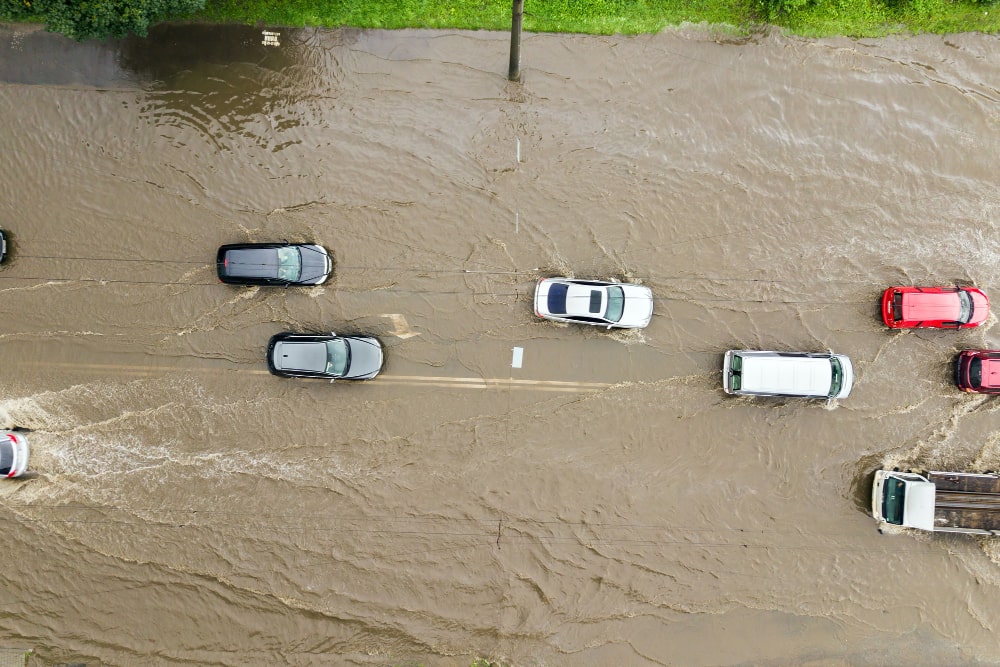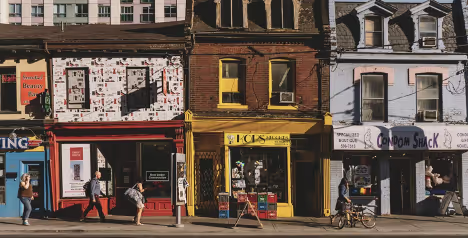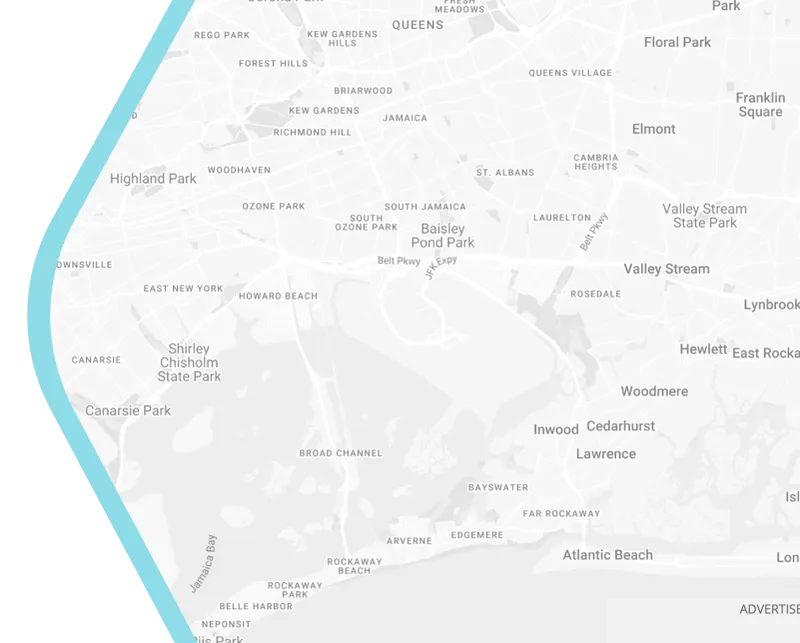
Beyond the Coastline: Exploring the Potential of Smart Riverfront Development in Australia
This article explores the growing importance of smart riverfront development in Australia, moving beyond the traditional focus on coastal areas. It defines what constitutes a "smart" approach, emphasizing sustainability, technology, community, and resilience. The post highlights the economic, social, cultural, and environmental benefits of investing in these urban waterways. It also addresses key challenges and considerations for successful projects, including environmental regulations and community engagement, and touches upon emerging trends in the field across Australia.






























